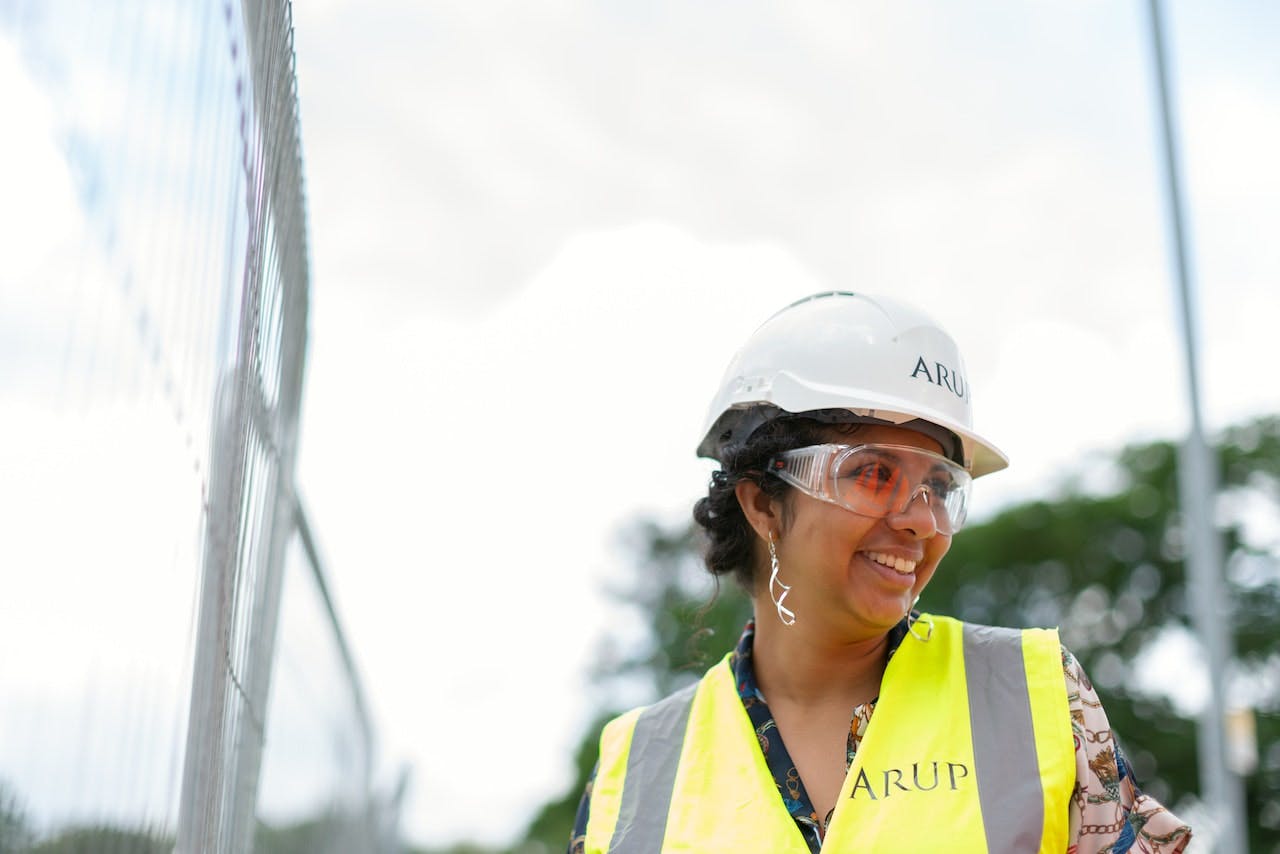What Is the Average Amount of Time It Takes to Onboard a Non-Desk Employee?


In many ways, the quality of an employee’s onboarding experience sets the tone for their career with a given company. Through their onboarding processes, company leaders introduce new hires to the company’s values and culture, procedures and protocols, and more.
Onboarding looks different for every company. At one end of the spectrum, some companies send new employees a wealth of resources for them to read as they prepare themselves for success. Others will take a much more hands-on approach to onboarding employees, guiding them through key milestones.
While most people tend to picture employee onboarding as something that happens within an office, it also applies to non-desk employees. In this article, we’re going to take a closer look at non-desk employee onboarding—including what the point is, the elements of a successful onboarding program, how long it should take, and more.
What Is Onboarding?
“Onboarding” generally describes the processes that help new hires orient themselves with the company, including its values, expectations, rules, and more. Onboarding processes are often tailored to a particular industry or workplace, as some trades—like truck driving or construction—require much more onboarding than others. Especially in these industries, onboarding needs to be thorough and not rushed, as rushing through it can put employees in a dangerous position.
Here’s why onboarding matters: Onboarding lays the groundwork for a great employee-employer relationship. It sets clear expectations and shows that the employer really cares about their employees’ success and wellbeing. Effective onboarding also has clear, measurable benefits. For example, one study found that “strong onboarding process improved new hire retention by 82 percent and productivity by more than 70 percent.”
What Should an Onboarding Process Include?

Effective onboarding processes for non-desk employees should include a few stages or processes that empower them to hit the (proverbial) ground running. A successful onboarding program should help employees to understand things like…
- The details of their contract and employment.
- New hire paperwork, such as benefits enrollment, direct deposit, and so on.
- Workplace expectations, including their weekly schedule, time off processes, etc.
- Company procedures for requesting schedule changes and reporting unsafe conditions.
- What coaching, mentoring, and training opportunities are available.
Obviously, that’s a lot of information—more than can be covered on an employee’s first day (or even week, in many cases). That’s why most experts suggest creating an onboarding process timeline with 5 distinct stages or phases.
What Are the 5 Stages of the Onboarding Process?
- Pre-Onboarding | Certain onboarding activities can be completed before formal “onboarding” begins. Common pre-onboarding tasks include making sure each employee’s contract is understood and has been formally signed. It’s important to get these technicalities resolved early, so there are no misunderstandings or setbacks throughout the onboarding process. It’s also vital to make sure each employee knows where (and when) to report for their first day, where onboarding really gets underway. Certain industries will require certain certifications or other milestones to be completed prior to a worker’s first day—a trucker passing their mandatory road test, for example.
- First Day | An employee’s first day reporting for work can be stressful, which is why it’s important to have a plan in place for their first day. First-day onboarding activities can include introducing employees to their coworkers and company leaders, answering questions about the company or a particular role, and so on. An employee’s first day should make them feel welcome, confident, and ready to contribute.
- First Week | As employees embark on their first week, they will need plenty of guidance, support, and empowerment. Set the right tone and expectations by previewing what their onboarding process will entail, what milestones need to be accomplished, and a general idea of how long it might take to get them fully ramped up. Try to anticipate their concerns, and prompt them to ask about anything they’re not sure about—they won’t always feel comfortable asking questions. The first week can also include some team building, role-playing, as well as interactive opportunities for bonding and establishing great relationships within the team and company and hands-on work to get them acclimated to the workplace, equipment, and more.
- First Month | An employee’s first month is where the rubber hits the road. Ideally, the first week’s onboarding activities have prepared them to roll up their sleeves and get to work. As they acclimate to their schedule and responsibilities, try to balance offering guidance and promoting independence. Some employees will prefer more hands-on support and mentoring than others, so pay attention to their needs and, when in doubt, ask them how they’re doing, what they need, and so on.
- Beyond the First Month | After their first month, employees should be ramped up and, hopefully, thriving in their roles. That doesn’t mean onboarding is over with. The extent to which employees might need additional onboarding often depends on the industry or specific position and, at this point, leaders can shift more toward coaching and mentoring, as opposed to those basic, initial onboarding tasks.
As you work to develop an onboarding program, consider this sample new employee onboarding checklist put together by Indeed. While Indeed’s list applies to employees of all types (office workers as well as non-desk employees), you can also find industry-specific checklists online that relate to non-desk workers. For example, Pinnacol Assurance provides templates for onboarding employees in construction and transportation.
How Long Should the Onboarding Process Take?
There is no set rule for how long onboarding should take, meaning it could take as little as a few weeks—or several months. The framework we discussed above allows a month, give or take, for basic onboarding—but there are plenty of variables involved, so it’s a relatively loose timeline.
Of course, once the initial formalities (like paperwork) are completed, many employers will technically continue to onboard employees even as they begin working in their new job. Supporting and coaching new employees helps bridge the gap between an employee’s first day and their regular working schedule.
As you onboard more employees over time, don’t be shy about asking for feedback about the end-to-end process. That way, you can fine-tune the onboarding scope and timeline to provide an efficient and effective experience that isn’t overly drawn out—but also doesn’t rush the orientation and training processes.
When Does Onboarding End?
Onboarding essentially ends once everything associated with a new hire—paperwork, orientation, and training—has been completed and an employee is fully integrated into the workforce and their role.
Is Onboarding Non-Desk Workers Difficult? Not with Yourco!
There are unique onboarding challenges that apply to non-desk workers. The largest of these is accessibility, as non-desk workers don’t often have access to a company email address through which they could receive, complete, and return new hire paperwork, work through employee training programs, and so on.
That being said, it doesn’t have to be difficult! Yourco approaches non-desk worker onboarding differently by using our unique two-way texting platform to reach employees through SMS messages sent to their phones. With Yourco, you can send new hire paperwork, benefits enrollment, and other documentation to new employees’ personal devices. You can also send reminders about completing key onboarding tasks, information about the company’s standard operating procedures, training processes, and more.
Yourco streamlines non-desk employee onboarding and makes it easy for the entire workforce to engage, connect, and thrive. Learn more about how our two-way employee communication platform can transform your employee experience, increase retention, and more.
Try for free today and contact us now!


